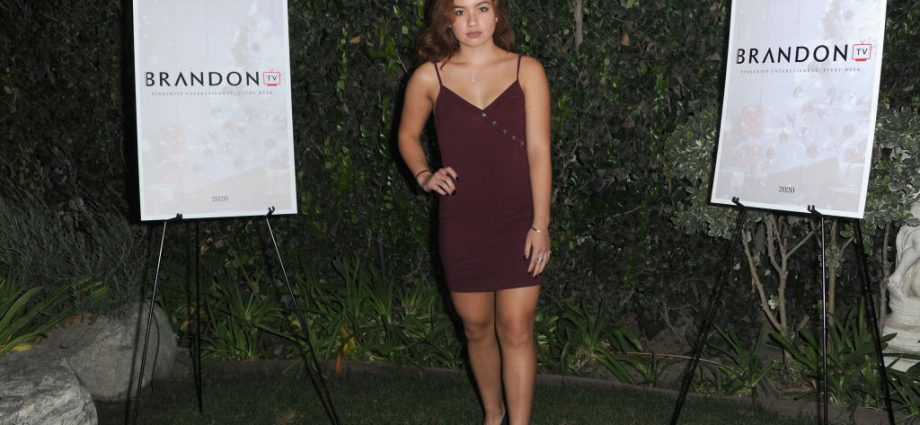Disney’s run of live-action adaptations for their animated classics has been mixed. 2017’s Beauty and the Beast? Totally forgettable. 2019’s Dumbo? I bet you forgot this movie happened. 2019’s The Lion King? Memed to hell and back because CGI animals can’t show emotion. 2020’s Mulan? Meh. 2021’s Cruella? Did surprisingly well.
But that hasn’t stopped Disney from making these films because they are the company with more money than God. The Little Mermaid, led by Halle Bailey, premieres later this year. Also reportedly in the works is The Princess And The Frog. But one project that may have slipped under the radar is a live-action remake of Lilo & Stitch, the charming movie about the Hawaiian girl who adopts an alien. That was until Disney announced who would be playing one of the main characters.
Disney Casts Light-Skinned Actress For Famously Non-White Role
Nani is a pivotal character in Lilo & Stitch. She is Lilio’s older sister, who is trying her best to care for their family after the death of their parents. The original film perfectly balances showing Nani as overbearing from Lilo’s perspective while also highlighting the sad reality of this twenty-something thrust into the role of both sister and mother. Nani does her best and eventually comes to finally realize her sister’s uniqueness and a better way to interact with her.
In an announcement made April 13, it was announced that Hawaiian-born actress Sydney Agudong had been cast Nani. There was just a small problem – Nani (and Lilo) are indigenous Hawaiians. They are some of the few prominent non-white characters in Disney’s animated films of that era. Adudong is very light-skinned, as countless side-by-side comparisons have shown. Safe to say that fans were less than impressed. There was widespread criticism of Disney “white-washing” the role, which uniquely represents contemporary Hawaii. Hawaii’s indigenous population have long asked for white tourists and families to not visit or move to the islands. This is due to the increasing displacement of the indigenous population to make room for tourism and housing for white relocators. The replacement of an indigenous character with a white-passing actress is in its own way a reflection of Hawaii’s problems.
Twitter Reacts
[via]
Source link


 – Hinds
– Hinds 
 (@CarrieCnh12)
(@CarrieCnh12) 